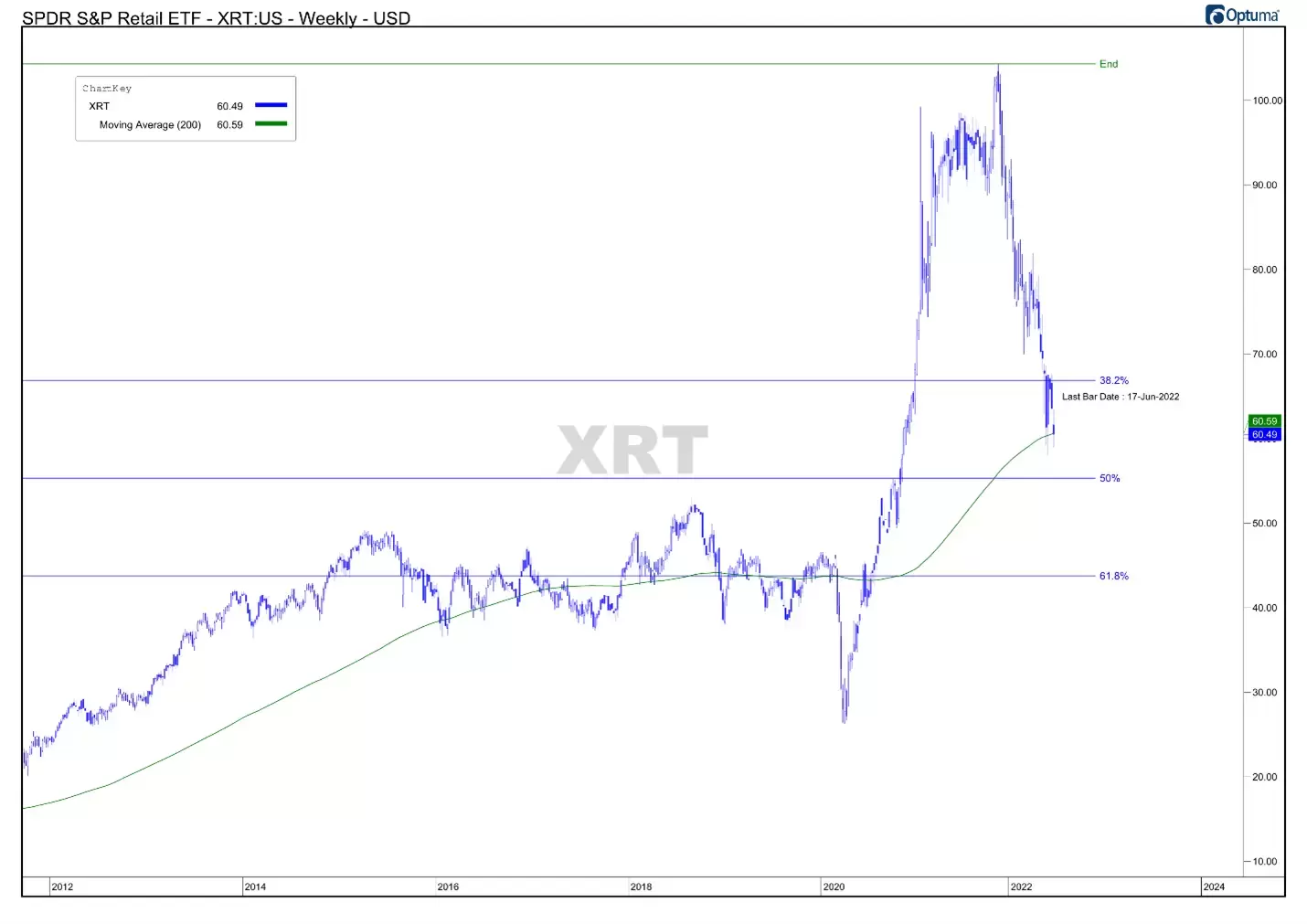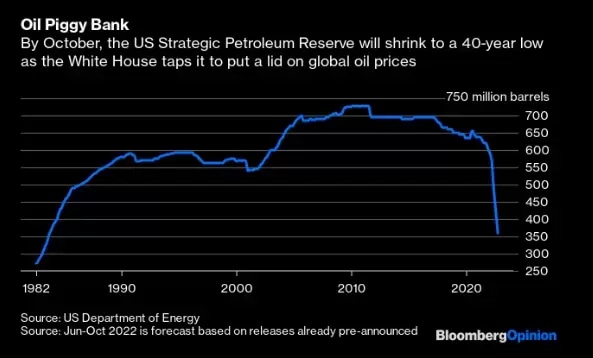Opinions on the current state of the economy vary wildly. This makes sense. As Americans worry about inflation but pay more for most items anyway and hear that things will only get worse, you’d expect economists to hold a range of views on everything from inflation to recession risk, demand destruction, supply-side shortages and the stock market.
Bullish talk
The bulls believe that inflation is peaking. They believe that the Federal Reserve can control inflation by raising interest rates while keeping the economy healthy. They believe the Fed will then ease off on further rate hikes.
They also believe that growth stocks will continue to lead regardless, and that price-to-earnings ratios, while high now, will resolve to the upside in about six months. In other words, they think the stock market dip is close to bottoming out.
How did we get here?
After the 2008 financial crisis, the US stock market entered the longest bull run in its history. The Fed purchased securities, which helped keep interest rates low and fuelled an era of loose monetary policy, soaring share prices, stock buybacks, phenomenal US company earnings, disruptive industries, and visionaries like Elon Musk who have redefined innovation.
During the pandemic, the rise of the FANGs (Facebook, Amazon, Netflix and Google), remote working and the digital revolution dominated headlines.
Now, the surge in post-pandemic demand, the uneven global recovery from Covid, supply chain issues, soaring inflation and war in Europe are converging. This perfect storm has sent markets tumbling.
American consumers feeling the pinch
It is a critical moment for American workers and the American consumer. According to a recent survey, 66% of workers say inflation has outpaced any salary gains they’ve made in the past 12 months.
As more American employees of all income levels express their dissatisfaction with the economic realities of inflation this year, price increases continue to outstrip salary increases. The pinch is most acute among middle-income workers.
Impact on consumption
The chart below shows the performance of the S&P retail ETF [XRT]. Here, we see a bit of a discrepancy between a buying slowdown and rising consumer debt.

Right now, malls nationwide are offering discounts on excess inventory. Credit cards are maxed out and incomes are falling in real terms as people deal with high food and gas prices. Higher prices for essentials particularly affect lower earners, because a larger percentage of their income is spent on getting to work, buying food, and paying rent.
Sadly, financial commentators in the media feed the public false hope. Many so-called financial experts tell the public to hang in there, that it'll all be over soon and that good companies are at bargain valuations.
What happens next?
With interest rates rising, it’s not clear if or when the Fed will pivot. Bulls believe the Fed can control inflation with higher rates. But are they factoring in the havoc Mother Nature can wreak on crops and, consequently, on food prices?
Furthermore, are they looking at the depletion of US oil reserves? As the chart below illustrates, the US government has tapped strategic oil reserves in a bid to keep prices down.

As a rule, Americans are incredibly optimistic. They also feel entitled, and they like to spend. Indeed, their spending makes up one third of the US economy.
So, it really comes down to this. Can the world’s foremost military-industrial complex, blessed with rich natural resources and shielded from threats thanks to its strong borders and optimistic populace, adapt? Can the US overcome the current bear market? And if the situation worsens, can it overcome stagflation?
There are no easy answers to these questions. Investor and hedge fund manager Ray Dalio sums the country’s current economic predicament up well: “There isn’t anything that the Fed can do to fight inflation without creating economic weakness. With debt assets and liabilities as high as they are and projected to increase due to the government deficit, and the Fed also selling government debt, it is likely that private credit growth will have to contract, weakening the economy. Over the long run, the Fed will most likely chart a middle course that is already taking the form of stagflation.”
America and its middle class are being severely tested right now, which begs the question: Is this the last great American stock market rally for many years to come? Time will tell.
Mish Schneider is MarketGauge’s director of trading education and research. Read more of her market analysis here, or visit marketgauge.com.
Mish’s ETF support and resistance levels
S&P 500 (SPY) 380 resistance, 374 pivotal support, 360 major support
Russell 2000 (IWM) 159 support, 175-177 big resistance
Dow (DIA) 294 support, 300 pivotal
Nasdaq (QQQ) 290 resistance, 263 big support
Regional Banks (KRE) 56 the 200-WMA, 60 resistance
Semiconductors (SMH) 195 some minor support, with 220 resistance
Transportation (IYT) 211.90 the 200-WMA resistance, 192 support
Biotechnology (IBB) Still potential double bottom, 110 pivotal, 112.50 resistance
Retail (XRT) 60.62 the important 200-WMA support, resistance 62.75
CMC Markets erbjuder sin tjänst som ”execution only”. Detta material (antingen uttryckt eller inte) är endast för allmän information och tar inte hänsyn till dina personliga omständigheter eller mål. Ingenting i detta material är (eller bör anses vara) finansiella, investeringar eller andra råd som beroende bör läggas på. Inget yttrande i materialet utgör en rekommendation från CMC Markets eller författaren om en viss investering, säkerhet, transaktion eller investeringsstrategi. Detta innehåll har inte skapats i enlighet med de regler som finns för oberoende investeringsrådgivning. Även om vi inte uttryckligen hindras från att handla innan vi har tillhandhållit detta innehåll försöker vi inte dra nytta av det innan det sprids.






